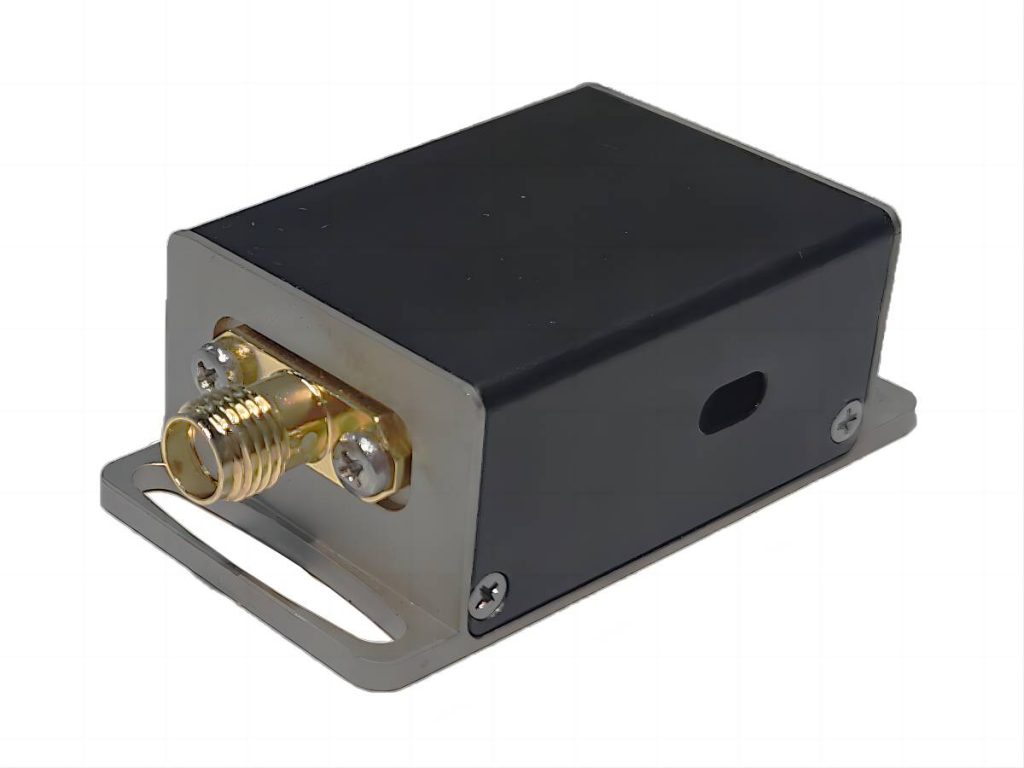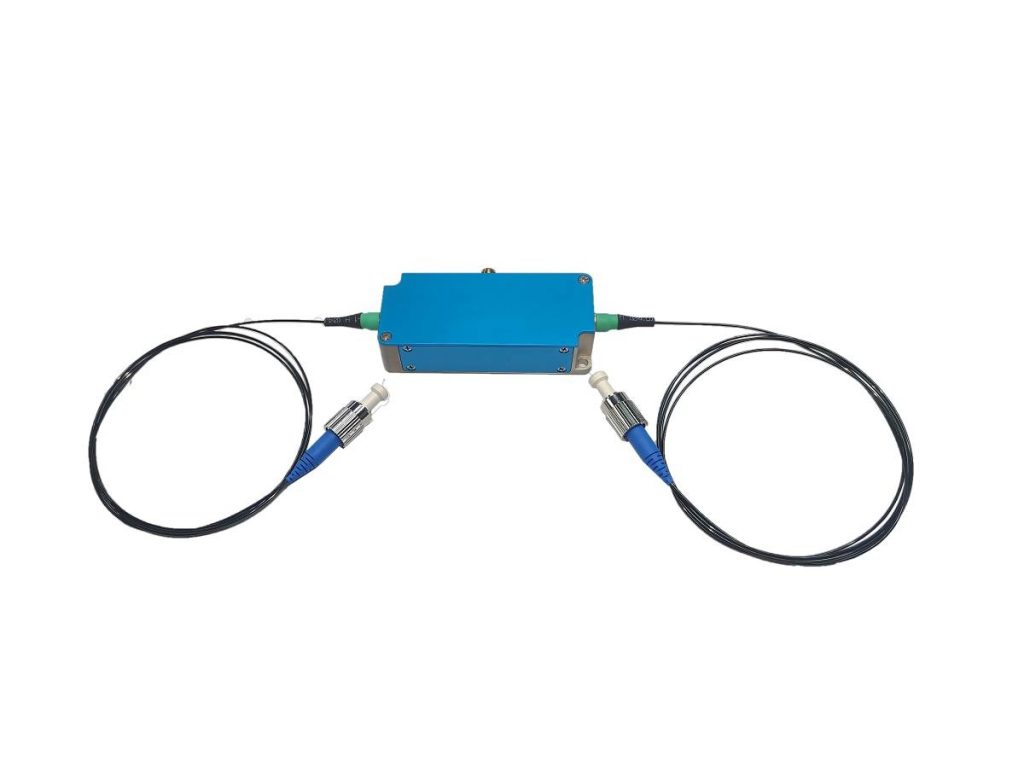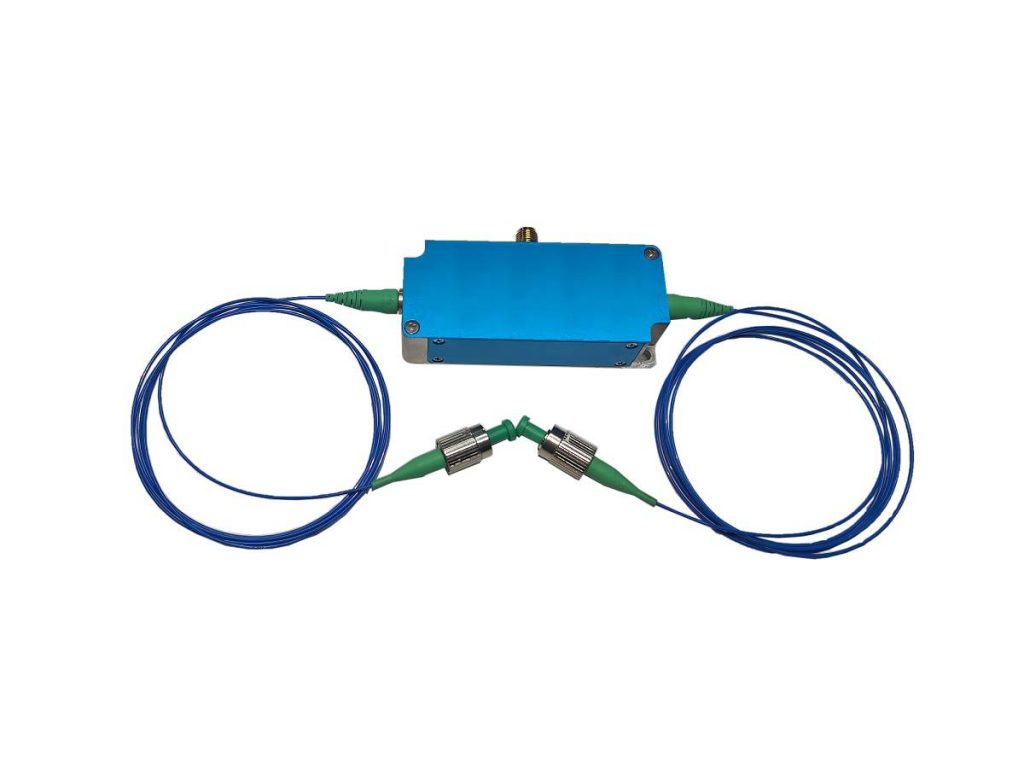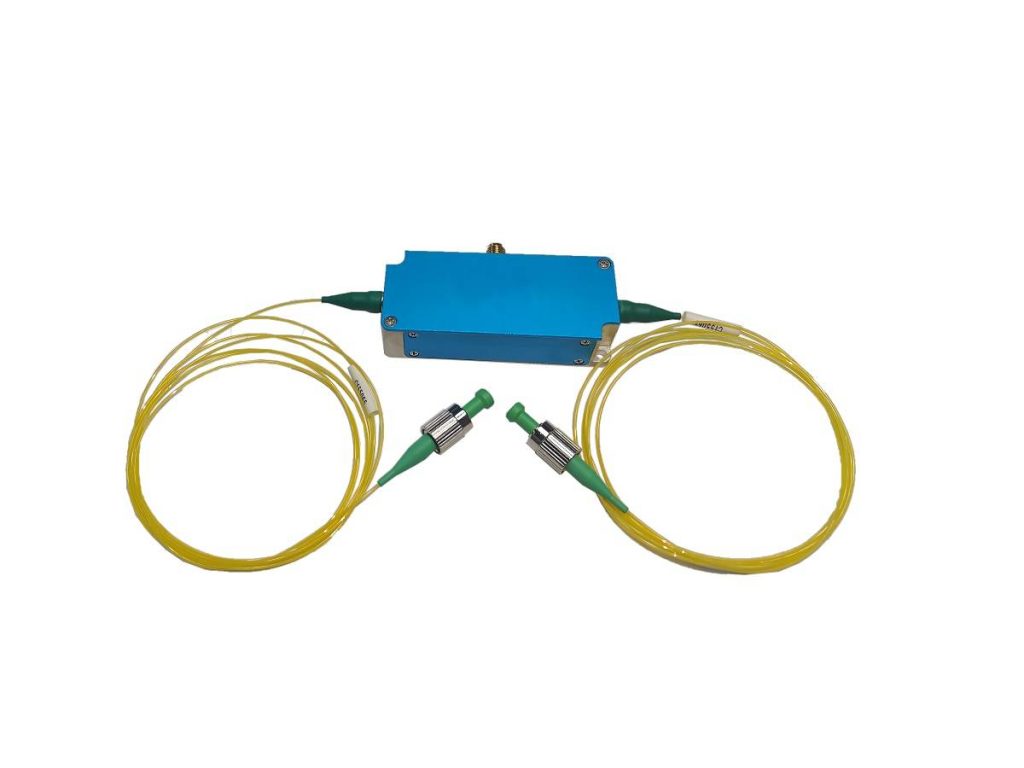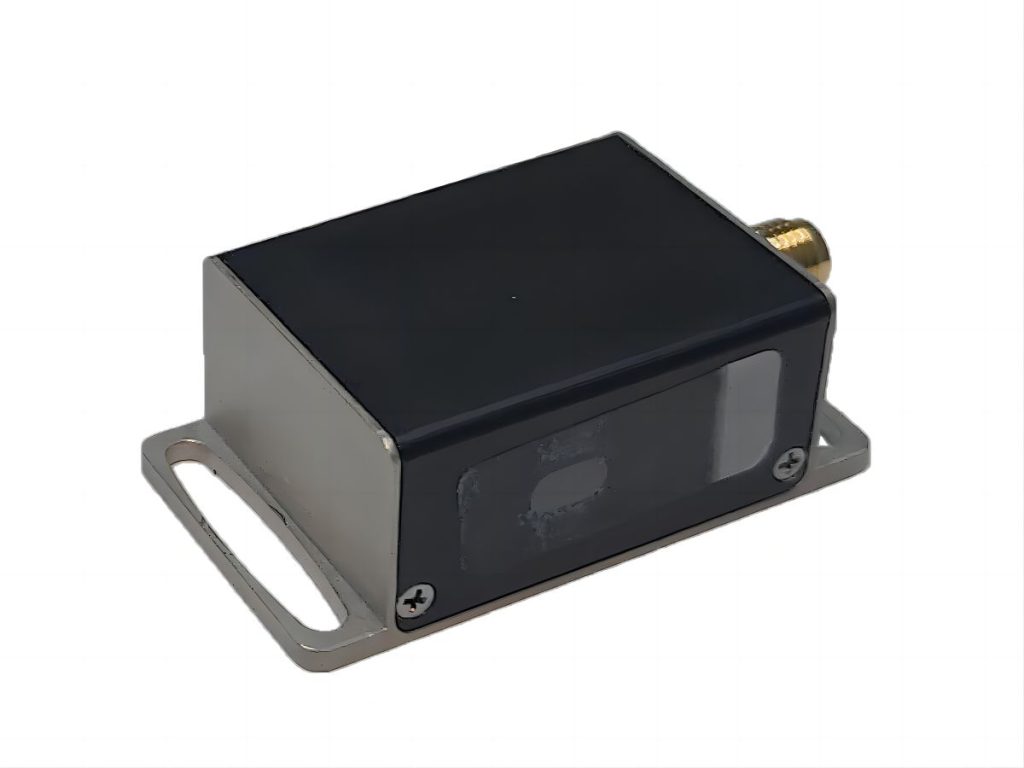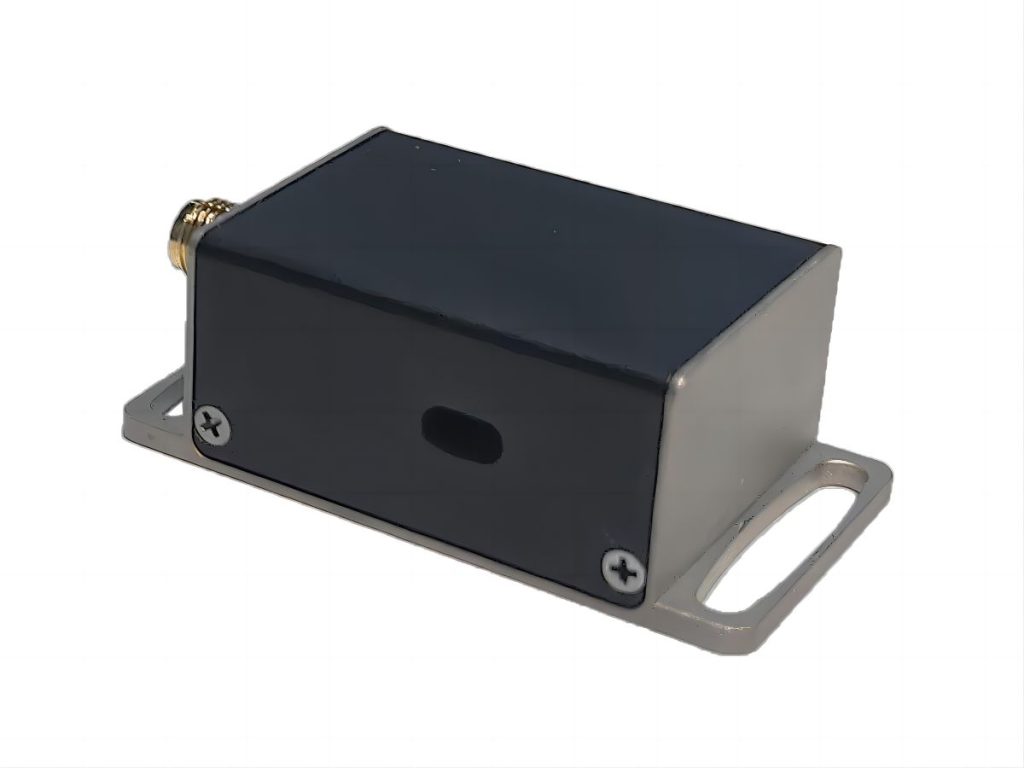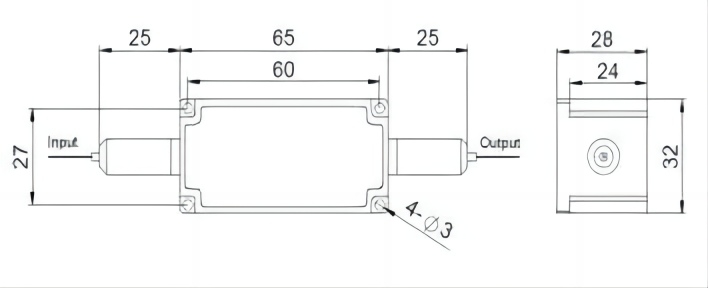How AOM and EOM Work Together in Communication System
In the rapidly evolving landscape of modern optical communication systems, the Electro-Optic Modulator (EOM) and Acousto-Optic Modulator (AOM) have emerged as indispensable components. These optical devices, through their unique properties and capabilities, work in concert to achieve precise control over optical signals, thereby enhancing the efficiency and reliability of communication systems. This article delves into the principles that govern the operation of EOMs and AOMs, explores their synergistic interaction, and highlights the applications that benefit from this synergy.
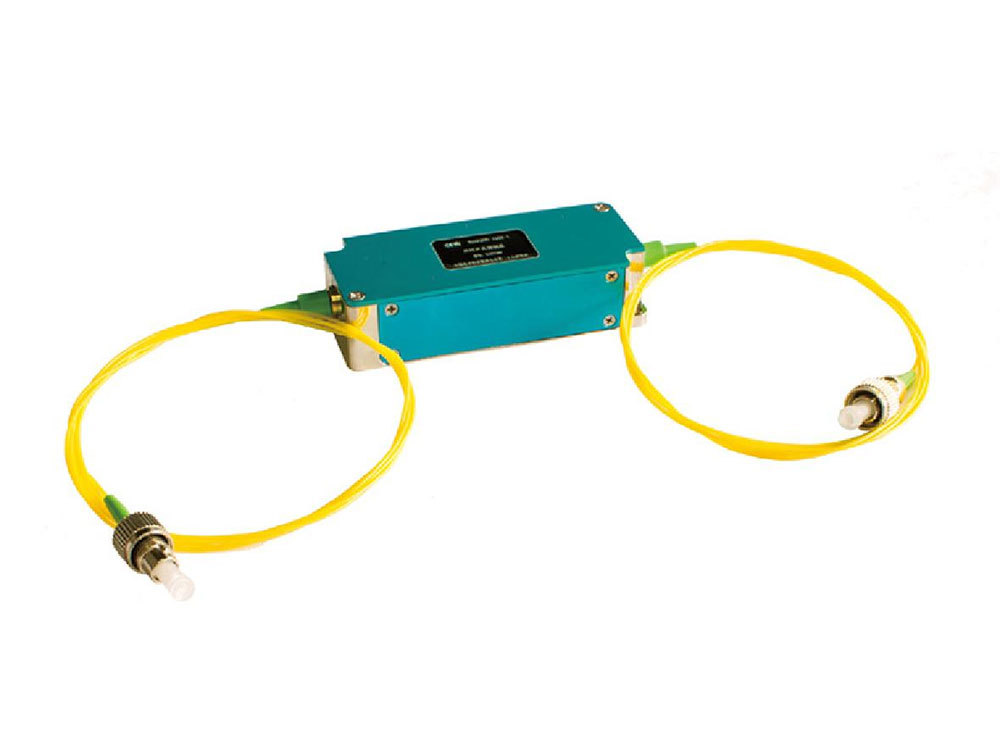
Understanding the Working Principles of AOM and EOM
How AOM Modulators Work
The AOM consists of a piezoelectric transducer attached to a transparent material, like quartz or tellurium dioxide. When an RF (radio-frequency) signal is sent to the transducer, it generates an acoustic wave that travels through the material. This wave forms a diffraction grating, which interacts with the light passing through.
As light hits this diffraction grating, it bends in different directions. The intensity and direction of the light can be adjusted by changing the frequency and strength of the sound wave. AOMs are highly stable, easy to tune, and can be used for various tasks such as laser beam modulation, frequency shifting, and optical signal processing.
How EOM Modulators Work
The core of an EOM is typically made of an electro-optic crystal, such as lithium niobate (LiNbO₃). When a light beam passes through the crystal, its phase is determined by the refractive index of the crystal. By applying an electric field to the crystal, the refractive index is altered, thereby changing the phase of the light. This phase change can be controlled very precisely, allowing the EOM to modulate the light beam in various ways.
EOMs are valued for their ability to modulate light at very high speeds and across a wide range of frequencies. They are particularly useful in high-speed digital communication, where fast and accurate light modulation is essential.
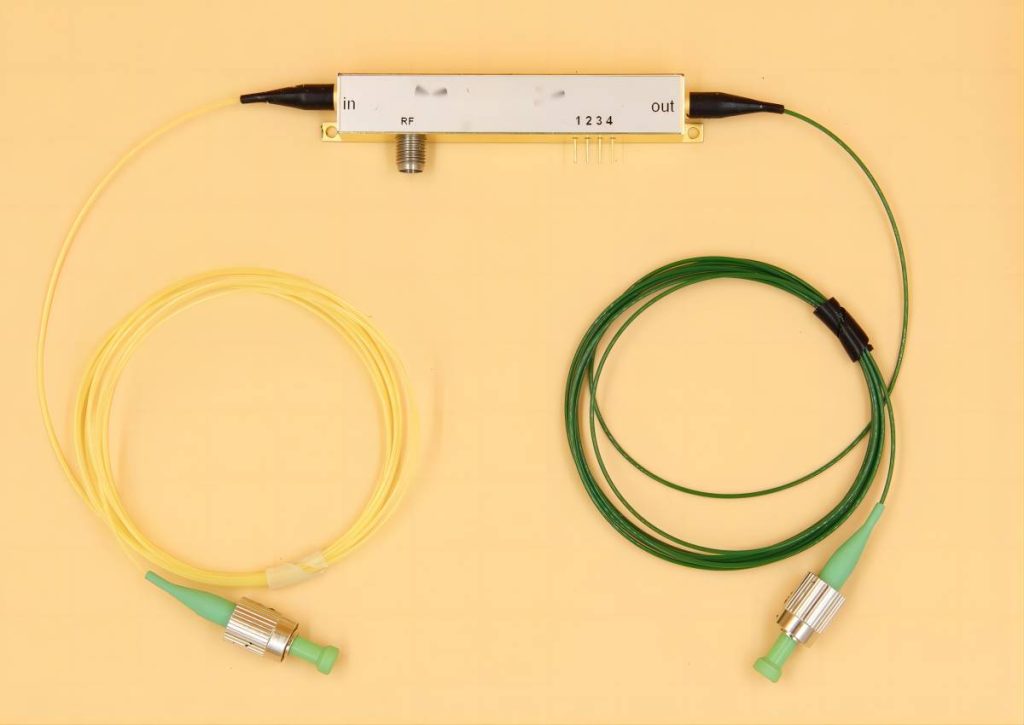
Synergy Between EOM and AOM in Communication Systems
The synergy between EOMs and AOMs in communication systems can be observed in both parallel and series configurations, each serving distinct purposes and applications.
Method 1: Parallel Configuration
Example: Laser Doppler Velocimetry (LDV)
Laser Doppler Velocimetry is a technique used to measure the velocity of an object by analyzing the frequency shift in scattered light. The use of EOMs and AOMs in parallel configuration enhances the precision of this measurement.
- EOM Function: The Electro-Optic Modulator (EOM) is used to modulate the phase of the laser beam, creating a frequency difference between the reference beam and the measurement beam. This phase modulation is crucial for generating a clear and measurable frequency shift.
- AOM Function: The Acousto-Optic Modulator (AOM) splits the laser beam into two parts and shifts the frequency of one of the beams. This frequency shift is necessary for comparing the scattered light with the reference beam.
- Velocity Measurement: When the laser beam interacts with a moving object, the scattered light experiences a frequency shift due to the Doppler effect. By comparing the frequency of the scattered light with that of the reference beam, the velocity of the object can be accurately determined.
- Applications: This setup is widely used in fields such as fluid dynamics, material science, and biomedical research, where precise velocity measurements are critical.
Method 2: Series Configuration
Example 1: Laser Frequency Locking
Laser frequency locking is essential for applications requiring high-frequency stability, such as spectroscopy, interferometry, and optical communication. The series configuration of EOMs and AOMs plays a vital role in maintaining this stability.
- EOM Function: In this setup, the EOM modulates the phase of the laser’s output light, producing an error signal that indicates the degree of frequency drift from a reference frequency. This signal is fed back to the laser’s control system to correct any drift.
- AOM Function: The AOM shifts the frequency of the laser beam by a known amount. This shift allows for a comparison between the shifted frequency and the reference frequency, aiding in the precise correction of the laser frequency.
- Frequency Stabilization: The combined use of EOM for phase modulation and AOM for frequency shifting enables continuous and precise monitoring and correction of the laser’s frequency, ensuring long-term stability.
- Applications: This configuration is particularly useful in high-resolution spectroscopy, precision interferometry, and stable optical communication systems where frequency accuracy is paramount.
Example 2: Optical Fiber Communication Systems
In optical fiber communication systems, the series configuration of EOMs and AOMs allows for complex modulation schemes that enhance the network’s performance and capacity.
- EOM Function: The EOM modulates a high-frequency carrier signal with the digital data to be transmitted, imprinting the information onto the light signal. This step is essential for preparing the signal for transmission through the optical fiber.
- AOM Function: After modulation, the AOM shifts the frequency of the carrier signal. This frequency shift is crucial in wavelength-division multiplexing (WDM) systems, where multiple signals are transmitted simultaneously over the same optical fiber but at different wavelengths.
- Channel Separation: By shifting the carrier signal’s frequency, the AOM helps separate the channels, reducing interference and making more efficient use of the available bandwidth.
- Advanced Modulation Techniques: The series configuration enables the implementation of advanced modulation techniques, such as quadrature amplitude modulation (QAM) and phase-shift keying (PSK), which can significantly increase data transmission rates and spectral efficiency.
- Applications: This approach is widely used in modern optical communication networks, where maximizing data throughput and minimizing interference are crucial for maintaining high-performance communication links.
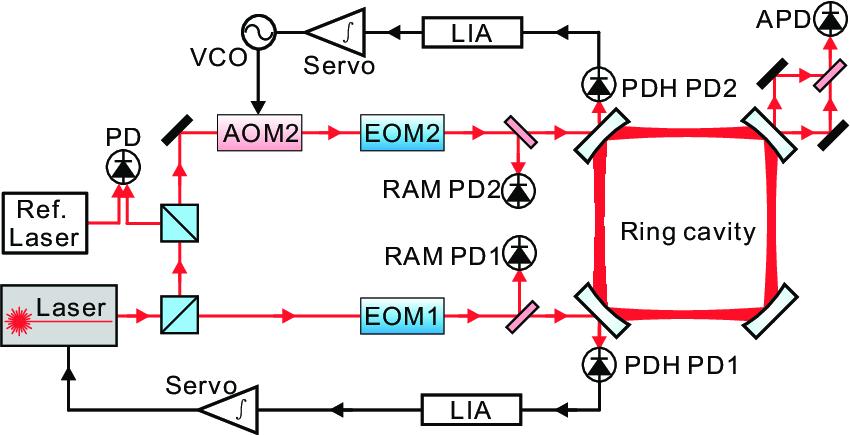
Advantages and Applications of AOM and EOM Synergistic Working
The synergistic working of AOM modulators and EOM modulators offers several advantages over their individual use, enhancing the performance of communication systems and expanding their application scope.
1. Enhancing Modulation Precision
- Accurate Control of Optical Signals: The combination of Electro-Optic Modulators (EOMs) and Acousto-Optic Modulators (AOMs) provides precise control over the amplitude, phase, and frequency of light. This is crucial in applications requiring high modulation accuracy, such as optical fiber communication systems.
- Simultaneous Modulation of Multiple Parameters: Using EOMs and AOMs together allows for the simultaneous modulation of various optical signal parameters. This leads to more efficient use of the available spectrum and improved overall system performance.
- Applications in Scientific Research: The precision offered by this combination is also valuable in fields such as quantum optics, spectroscopy, and optical metrology, where controlled modulation of light is essential for conducting experiments and obtaining accurate results.
2. Expanding Modulation Bandwidth
- High-Speed Modulation: EOMs are known for their fast response times, enabling the modulation of light at very high frequencies. When combined with AOMs, which offer a wide range of tunable frequencies, the result is an expanded modulation bandwidth.
- Ultra-Wideband Signal Modulation: The integration of EOMs and AOMs enables the modulation of ultra-wideband signals, making them ideal for next-generation communication networks that require high data transfer rates and large bandwidths.
- Broader Applications: Expanding modulation bandwidth is also beneficial for imaging systems and optical signal processing, where wideband modulation is becoming increasingly important to meet the demands of modern technology.
3. Achieving Complex Optical Signal Processing
- Optical Pulse Shaping and Switching: EOMs and AOMs work together to perform complex optical signal processing tasks, including optical pulse shaping and switching. These functions are critical in advanced applications such as optical computing and high-precision measurements.
- Optical Quantum Computing: In optical quantum computing, precise control of light is essential for manipulating quantum states and performing operations on qubits. The combination of EOMs and AOMs enables this level of control, making them key components in quantum computing systems.
- Enhanced Measurement Accuracy: In optical measurement systems, the ability to fine-tune light signals using EOMs and AOMs improves the accuracy and resolution of measurements, leading to better performance in scientific and industrial applications.
4. Improving System Performance
- Increased Signal-to-Noise Ratio: The collaborative use of EOMs and AOMs enhances modulation precision and expands bandwidth, leading to a higher signal-to-noise ratio. This results in clearer and more reliable communication signals.
- Reduced System Losses: By improving the accuracy of modulation and enabling complex signal processing, EOM modulators and AOM modulators help reduce system losses, which is critical for maintaining signal integrity in optical networks.
- Enhanced Stability and Reliability: The combination of EOMs and AOMs contributes to greater system stability, reducing error rates and increasing resistance to signal degradation. This is particularly important in long-haul communication, where maintaining signal quality over long distances is a major challenge.
- Applications in Optical Networks: These improvements lead to more reliable and efficient optical networks, capable of supporting higher data transmission rates and providing better overall performance in a variety of communication and computing applications.
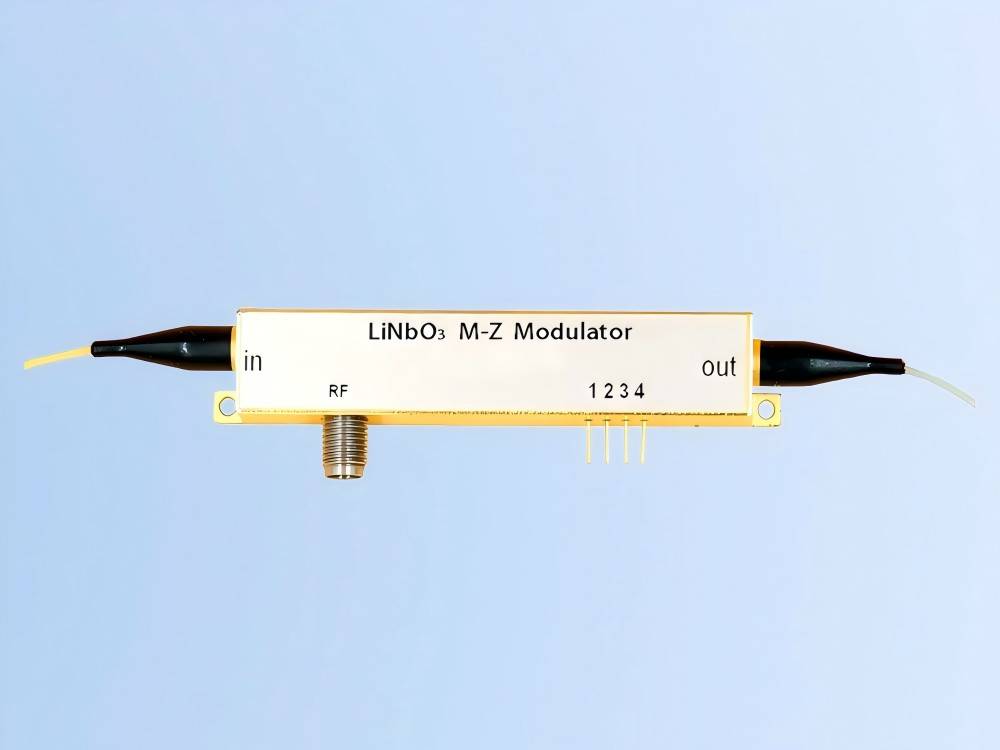
To sum up, EOM and AOM modulators work together in communication systems that can combine the advantages of both to achieve complex signal processing and beam control tasks, thereby improving the performance and function of communication systems.

